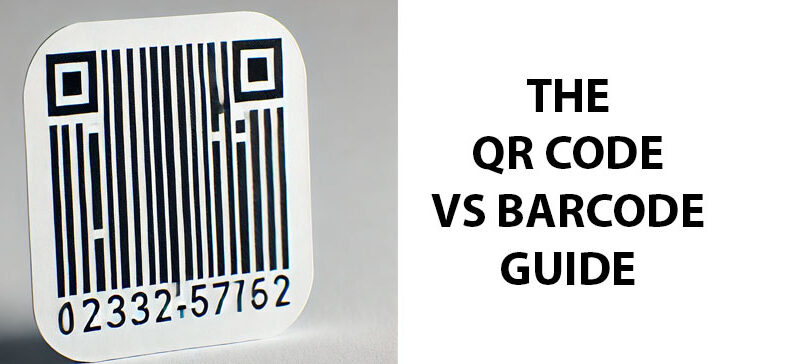What is polyethylene film? Polyethylene film (PE) is a plastic film made from ethylene, a hydrocarbon extracted from natural gas or petroleum. PE film has many uses and thus a variety of names, including plastic sheeting, polyethylene sheet, poly sheeting, and poly film. Polyethylene is the most common plastic used in the world today, with over 100 million tons of PE resin produced every year. PE accounts for approximately 34 percent of all plastic produced globally.
Different types of polyethylene
Polyethylene is manufactured in different types and can have different colors (or be transparent) and thicknesses. The thicker the film is, the stronger it is. The three most common types of polyethylene are:
- Low-Density Polyethylene (LDPE) – highly flexible and generally used to manufacture containers, bottles, tubing, pharmaceutical caps and closures, films for food packaging, laminations, pipes, hoses, and plastic bags, including shopping bags and trash bags.
- Linear Low-Density Polyethylene (LLDPE) – an improvement over LDPE because it is very flexible, has high impact strength, good chemical resistance, and good water vapor and alcohol barrier properties. It is also much more resistant to stress and cracks. Used for a wide range of film applications, including stretch film, garment packaging, and agricultural film.
- High-Density Polyethylene (HDPE) – usually made into a stiff plastic yet can be flexible. It is weather-resistant, has excellent electrical insulating properties, and holds up at very low temperatures. Used to manufacture trash containers, industrial containers, milk and laundry detergent containers, cutting boards, toys, ropes, fishing and sports nets, and much more. HDPE also helps protect the groundwater from toxic chemicals from oil drilling or landfills.
What is polyethylene film used for?
Because PE film is lightweight, extremely flexible, has protective properties, is relatively inexpensive to produce, and can be made into solid, crystalline structures, it’s no wonder that it is used for a wide variety of purposes. In fact, it’s the most widely used plastic in the world. Here are just a few of the applications of polyethylene film:
- To manufacture:
- bottles, bags, and plastic products
- toys
- pipes and tubes
- packaging and wrapping material
- labels
- To protect machinery and equipment
- To cover and protect surfaces
This list goes on and on. Poly film is used as a vapor retarder, for window films, flooring and countertop protection, and roofing. It protects agricultural crops and foods in our kitchens. It is also used to slow down run-off on hills and helps keep lead out of the ocean during shipbuilding projects.
Polyethylene and the environment
Polyethylene biodegrades naturally, but it can take decades before it does. Because polyethylene film is easy to manufacture, lightweight, and inexpensive, you find it used in almost every industry. It can also be beneficial to the environment when used for things like shipping containers in the ocean. What is polyethylene film mostly used for? A lot of times, it’s labels and plastic bags. An estimated 380 billion plastic bags are manufactured per year in the United States alone. Yet only about 5% of plastic is recycled.
The rest ends up in landfills, rivers, and eventually the ocean, and can be harmful to the environment. However, the effects of polyethylene film on the environment can be significantly reduced if we all are conscientious in reusing and recycling them. A number of companies have already developed ways to accelerate the biodegradation of polyethylene and efforts are sure to continue as we become more aware of the fragility of the environment around us. Due to the benefits of labeling with PE film, it’s one of the most commonly used, and it can be recycled as well.
What are the benefits of polyethylene film for labels?
Polyethylene is the cheapest labeling material you can find, which is why many companies use it to manufacture their labels. Polyethylene labels are strong, flexible, durable, and have excellent resistance characteristics, making them useful for a wide range of applications.
At Coast Label, we use them because they are reliable, look great, and are affordable. They can also be customized to meet your specifications. Polyethylene labels are available in a variety of colors, shapes, sizes, and adhesive options. They have excellent insulating properties and high resistance to chemicals and moisture. Because they are flexible, polyethylene labels work well for squeezable containers. The labels are also easily recyclable with the packaging, making them better for the environment. If you’re looking for custom labels for your business, Coast Label is here to help.


